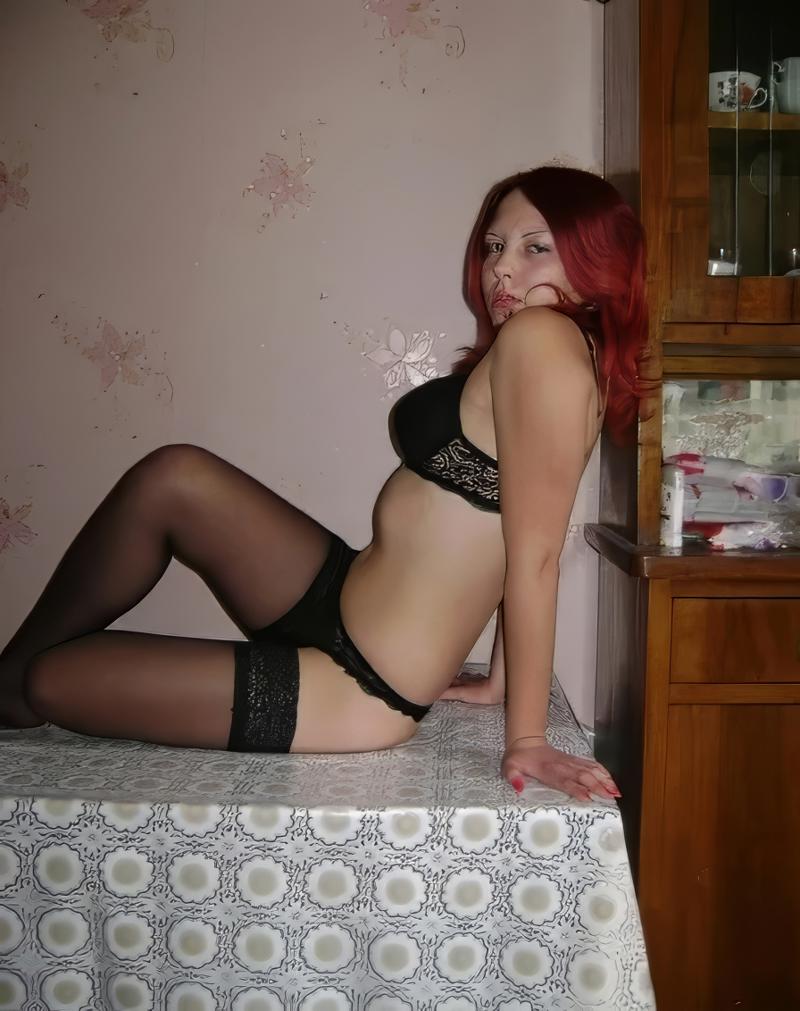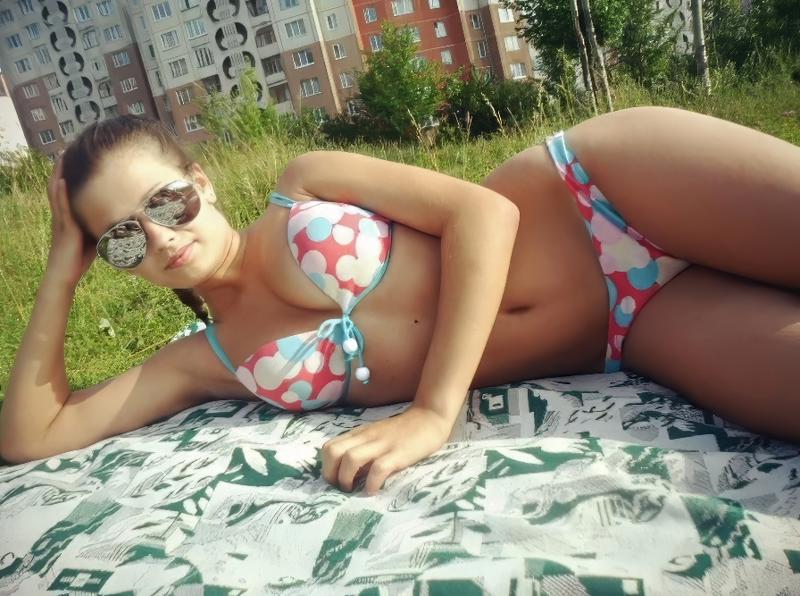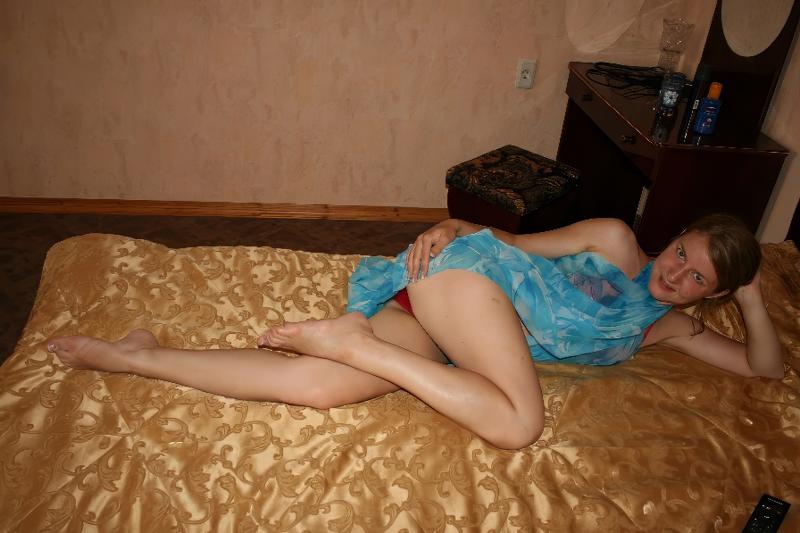Verified: 6 months ago
SafeTensor
The FLUX.1 [dev] Model is licensed by Black Forest Labs. Inc. under the FLUX.1 [dev] Non-Commercial License. Copyright Black Forest Labs. Inc.
IN NO EVENT SHALL BLACK FOREST LABS, INC. BE LIABLE FOR ANY CLAIM, DAMAGES OR OTHER LIABILITY, WHETHER IN AN ACTION OF CONTRACT, TORT OR OTHERWISE, ARISING FROM, OUT OF OR IN CONNECTION WITH USE OF THIS MODEL.
Badass Post-Soviet Girls
It was only a matter of time before the theme of this LoRA came up. It is very difficult to describe its meaning in words, especially the title.

The post-Soviet era of the 1990s left a significant mark on cultural memory, forming a unique visual and everyday landscape. One of the most striking symbols of this time are the private and home-made photographs depicting badass girls against the background of carpets, paneled houses and entranceways - familiar elements of everyday life in the post-Soviet space (Russia, Ukraine, Belarus, Kazakhstan, Estonia and all the countries of the former USSR).

These images, at first glance devoid of pretensions to artistry, contain rich material for cultural analysis. They record not only aesthetic preferences and everyday reality, but also profound social changes characteristic of the transition period.

Carpet, as an important attribute of the interior, becomes a symbol of domestic cosiness and status in conditions of limited resources. Panel houses, with their identical facades and standardised entrances, embody the urban unification of the Soviet period, which gradually acquired new, more personalised meanings.

The female images in these photographs, their outfits and poses, demonstrate a search for individuality and beauty that contrasts with the harshness of the environment.

This LoRA is dedicated to analysing these visual phenomena as cultural markers of the era. By examining them through the lens of cultural studies, I wanted to show how everyday life and aesthetics of the 1990s reflected the identity of post-Soviet society and what meanings are contained in these seemingly simple images.

